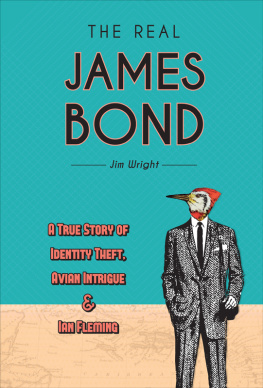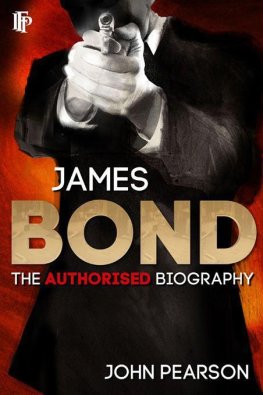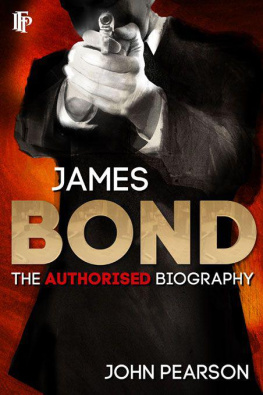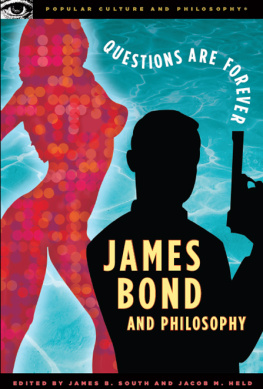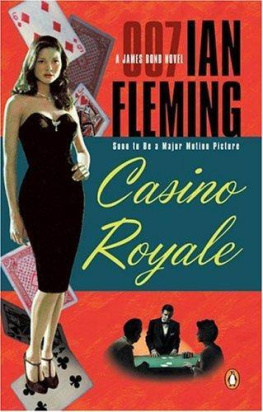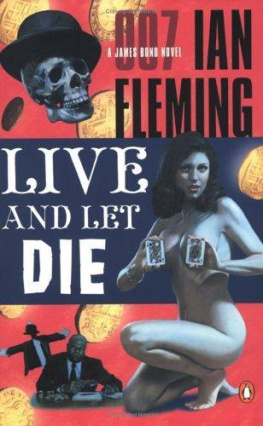Table of Contents
Landmarks
Page List


Other Schiffer Books by Jim Wright:
The Nature of the Meadowlands, ISBN 978-0-7643-4186-1
Copyright 2020 by Jim Wright
Library of Congress Control Number: 2019946905
All rights reserved. No part of this work may be reproduced or used in any form or by any meansgraphic, electronic, or mechanical, including photocopying or information storage and retrieval systemswithout written permission from the publisher.
The scanning, uploading, and distribution of this book or any part thereof via the Internet or any other means without the permission of the publisher is illegal and punishable by law. Please purchase only authorized editions and do not participate in or encourage the electronic piracy of copyrighted materials.
Schiffer, Schiffer Publishing, Ltd., and the pen and inkwell logo are registered trademarks of Schiffer Publishing, Ltd.
Designed by Jack Chappell
Cover design by Molly Shields
Type set in Caviar Dreams/Forque/Minion Pro
Author photo by Kevin Watson
ISBN: 978-0-7643-5902-6
EPUB: 978-1-5073-0080-0
Printed in China
Published by Schiffer Publishing, Ltd.
4880 Lower Valley Road
Atglen, PA 19310
Phone: (610) 593-1777; Fax: (610) 593-2002
E-mail:
Web: www.schifferbooks.com
For our complete selection of fine books on this and related subjects, please visit our website at www.schifferbooks.com. You may also write for a free catalog.
Schiffer Publishings titles are available at special discounts for bulk purchases for sales promotions or premiums. Special editions, including personalized covers, corporate imprints, and excerpts, can be created in large quantities for special needs. For more information, contact the publisher.
We are always looking for people to write books on new and related subjects. If you have an idea for a book, please contact us at .
For Elby, Corie, Patty, Lily, and Lucille
CONTENTS
Acknowledgments
First, a huge thank-you to my wife, Patty Finn, who offered much-appreciated advice and a lot of patience for the two and a half years I worked on this book. LYS.
I also want to thank the following for their help, beginning with David Contosta, the author and Chestnut Hill College professor. A friend of Jim and Mary Bond, David wrote The Private Life of James Bond in 1993 and graciously shared his knowledge and archives with me.
In Philadelphia and environs, I wish to thank Nate Rice, Robert McCracken Peck, Jennifer Vess, Jason D. Weckstein, Dan Thomas, and Carolyn Belardo of the Academy of Natural Sciences of Drexel University; Caitlin Goodman and Joseph Shemtov of the Free Library of Philadelphia; Deanne DEmilio, Jerry McLaughlin, Sister Kati McMahon, and Dawn Caruano of Gwynedd Mercy University; George Armistead; Harry Armistead; Frank Gill; Bert Filmyer of the Delaware Valley Ornithological Club; Scott McConnell; Keith S. Thomson; and Sue Phillips of the Church of the Messiah.
In Cuba: Orlando Garrido, Gary Markowski of the Caribbean Conservation Trust, and Frank Medina and Osmani Borrego Fernandez. In Jamaica: Ricardo Miller of Arrowhead Birding Tours, Catherine Levy of the Windsor Research Centre, Anthony Gambrill, and Ramsey Acosta, Lauren Wintemberg, and the staff at GoldenEye.
In Maine: Michael J. Good of Downeast Nature Tours, Kate Chaplin, Becky Marvil of the Acadia Bird Festival, Sean Charette of the Wendell Gilley Museum, Rich MacDonald of the Natural History Center, Elly Andrews and Kate Young of the Northeast Library, and Karen Craig of the Southwest Harbor Historical Society.
Elsewhere: David Levesque of St. Pauls School, Concord, New Hampshire; Mike Berry of the University of South Carolina; Mark Ridgway and Tace Fox of Harrow School, Harrow, London; Jonathan Smith of Trinity College, Cambridge, England; Anna Raff; Samuel Turvey; Storrs Olson; Herbert Raffaele; Eamonn Cummings; the staff of Lee Memorial Library in Allendale, New Jersey; Hiroki Fukuda; Charles Tyson Jr.; and Mimi Sabatino (for her help and expertise on the images in this book).
Jim Bond in the early 1950s. Free Library of Philadelphia, Rare Book Department
INTRODUCTION
A Spy Is Born
The name of a man is a numbing blow from which he never recovers.
Marshall McLuhan, Understanding Media
This is the story of the most notorious case of identity theft in history.
Long before Ian Lancaster Fleming became a bestselling author, a single-minded Philadelphia ornithologist named James Bond wrote Birds of the West Indies, based on repeated expeditions to the Bahamas and the Caribbean from 1927 to 1935. The 480-page book, published in 1936, featured black-and-white line drawings of birds by noted artist Earl Poole. It quickly became the must-have book on the subject.
Fast forward to early 1952. Fleming was starting to flesh out his maiden 007 novel, Casino Royale, and needed a name for his imaginary secret agent. As he would often do when inventing characters for his books, Fleming simply lifted a name from real life. He looked at the distinctive white dust jacket of Birds of the West Indies on his bookshelf, noted the authors name in capital letters, and took it: James Bond. Period.
No middle name. Not even a middle initial.
Just nine purloined letters.
A spy was born.
Along with Sherlock Holmes and Harry Potter, British secret agent James Bond is one of the most popular fictional characters in the history of both publishing and moviemaking. Joined by an array of femme fatales and such villains as Dr. No, Mr. Big, and Auric Goldfinger, Ian Flemings legendary 007 continues to flourish nearly seventy years after the British thriller writer first put pen to paper at Goldeneye, his winter home in Jamaica.
A key part of Bond lore is how and why Ian Fleming stole the naturalist/authors name for his fictional spy. Since then, the tale of Ian Fleming and the real James Bond has developed a life of its own, gradually accumulating embellishments and inaccuraciesbeginning with the oft-repeated assertion that Bond gave Fleming permission to take his name and that Bond enjoyed the fame.
In fact, Bond grew to hate the 007 connection, even as his wife, Mary, did her best to promote it. And although the appropriation of his identity caught Bond by surprise, there is a long tradition of ornithologist spiesincluding at least seven of his contemporaries. Some people have even speculated that the real James Bond was a spy as well.
The mythology of James Bond will no doubt continue to grow, but its origins should be rooted in fact. Today, the genuine Bond is known mostly as an asterisk to the 007 phenomenon. He has become fodder for trivia questions (What was the first film to reference ornithologist James Bond, whom Ian Fleming named the character after?) and crosswords, such as this clue from the January 10, 2016, New York Times puzzle: Across, 42: Ornithologist James of whom Ian Fleming was a fan.

